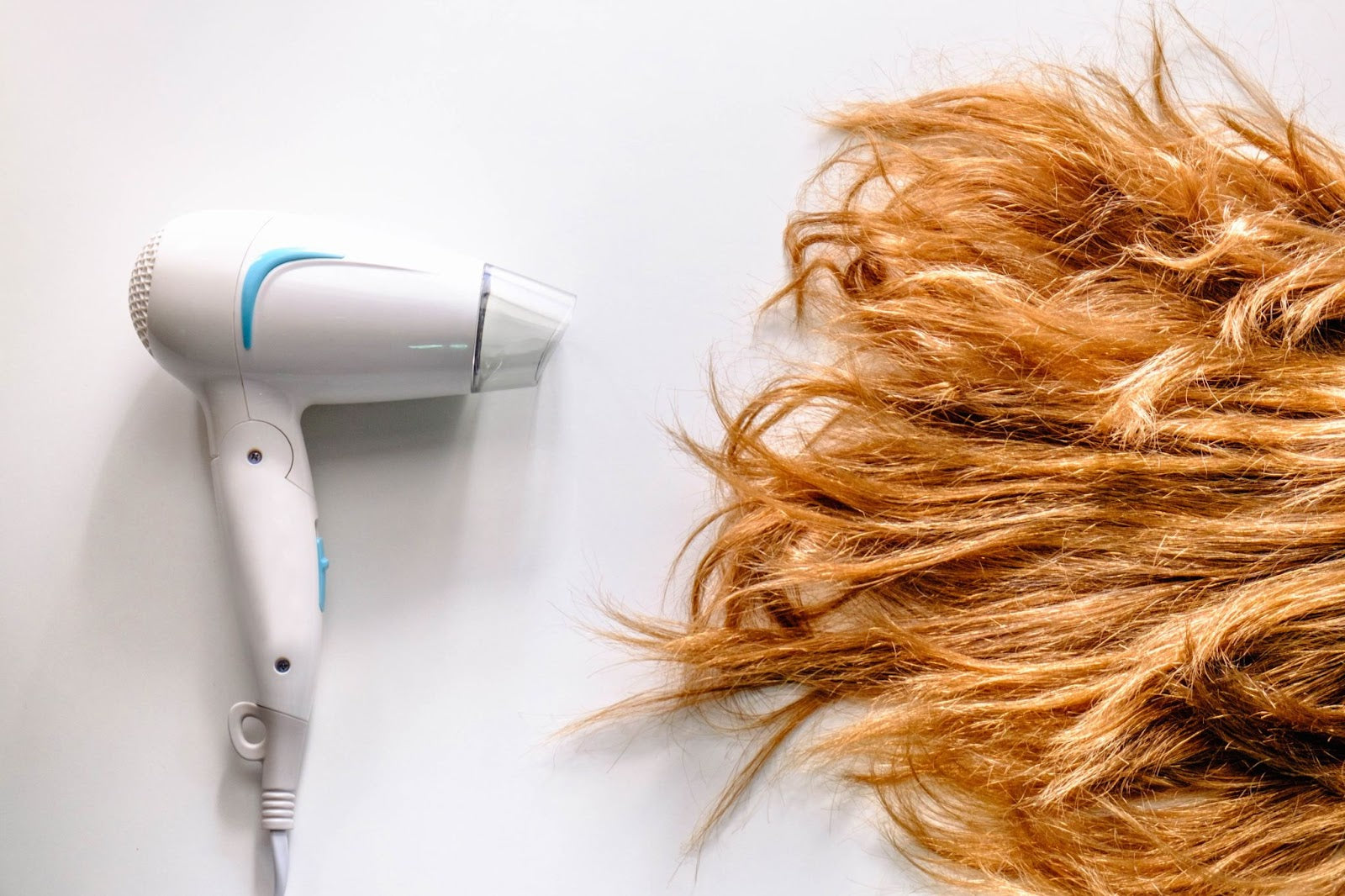Heat styling tools like hair straighteners and curling irons are effective at making our hair look nice on the surface, but they can cause serious damage to our strands. How do you know if you have heat-damaged hair? The typical signs include:
- Split ends or hair loss
- Dry hair
- Stringy hair texture
- Knotty or tangled hair
- Flyaways
- Frizziness
Although there’s no guaranteed way to repair heat-damaged hair, there are steps, including heat repair products, that work to restore hair and protect against future damage. Here are our top five.
1. Know your hair
A myriad of factors affect your hair's health. That's why the first step in your journey to great hair starts with in-depth analysis of your strands. Our state-of-the-art Strands Test faccurately assesses your hair, and recommends a customized regimen to match. Your customized routine will include the best shampoo and conditioner for your hair and scalp type, and up to three mix-in dose sets to further customize your shampoo and conditioner to meet your specific hair needs. There are four basic hair types, and each one has its own needs.
Coily Hair
Coily hair often requires deep moisture to combat dryness and breakage caused by heat damage. Use moisturizing or deep conditioning products in your routine. Choosing the right conditioner requires an awareness of your hair texture, so it's always best to test your strands first to determine the right product for your needs.
Curly Hair
Another hair type that craves moisture is curly hair. Heat damage can cause your curls to frizz or fall flat. Locking in moisture adds liveliness and bounce.
Wavy Hair
Wavy, heat-damaged hair craves hydration that doesn't weigh strands down. In general, wavy types don’t need as much moisture as curly or coily hair.
Straight Hair
Straight hair can be prone to dry, split ends. This hair type needs restoration of natural protein for strength, smoothness and shine. Strengthening products are a must for people with straight hair.
2. Limit the use of heat
It's unlikely you’ll completely cut hot tools out of your routine, but you can certainly decrease the frequency of your heat styling. Another way to minimize heat damage is to watch the temperature of your hair care tools. Most people should set their styling tools to 350°F or lower, and never go above 410°F. Temperatures higher than this begin to melt the keratin in your hair. Limit the amount of time the hot tool is in contact with your hair strands. Also, don't hold the hair on the iron too long, and don't make multiple passes with a straightener.
3. Use a heat protectant
If you have to use heat, make sure you place a protective barrier between your hair and your hot tools to avoid further damage. Our Heat Defense Dose Set is fortified with hydrolyzed wheat protein to help defend hair from damage during heat styling while also defending from further damage and breakage with enhanced heat activation.
4. Deep condition and boost your nutrients
We always recommend using a high-quality conditioner that’s free of sulfates, parabens, mineral oils, phthalates and other common ingredients that can strip hair of important nutrients, leaving it dry and brittle. Our Deep Conditioner locks in moisture and softens coarse or thick-textured strands while detangling and improving manageability. Every hair texture requires a specific conditioner, so take our hair test to find out which is best for you.
We’ll also recommend specific mix-in doses formulated to improve the look, feel, texture and manageability of your hair by treating it with the unique combination of nutrients your strands are craving, all while helping to prevent future damage in the process. For example:
- Rebuild Boost Dose Set – This pair of doses, designed to customize The Hair Lab shampoo and conditioner, is fortified with hydrolyzed vegetable protein to help restore hair's natural protein, rebuild strands and strengthen hair.
- Moisture Boost Dose Set – Pro-vitamin B5 helps to weightlessly moisturize hair while nourishing and detangling for healthier-feeling, more manageable strands.
- Anti-Breakage Dose Set - Vegan protein helps reduce breakage, boost hair's resilience, restore elasticity and minimize damage while protecting hair against further breakage.
Mixed in with your custom-recommended shampoo and conditioner, our doses create a truly customized formula that meets your unique hair care needs
5. Get a trim (and get them regularly!)
A regular trim can help control the damage from heat tools. Maintain a trim schedule and get your split ends cut regularly to prevent them from traveling up the hair shafts and doing even more damage. If you’re wondering how often you should trim your hair, this depends on your hair length and type. A good rule of thumb is to trim short hair once a month and medium to long hair every six to eight weeks.
Best Prevention for Heat Damaged Hair
Get started on rebuilding your heat-damaged hair and preventing more damage in the future with better hair care and a routine built for your specific hair biology and needs. Take the Strands Test now to bring out the very best in your one-of-a-kind hair!

